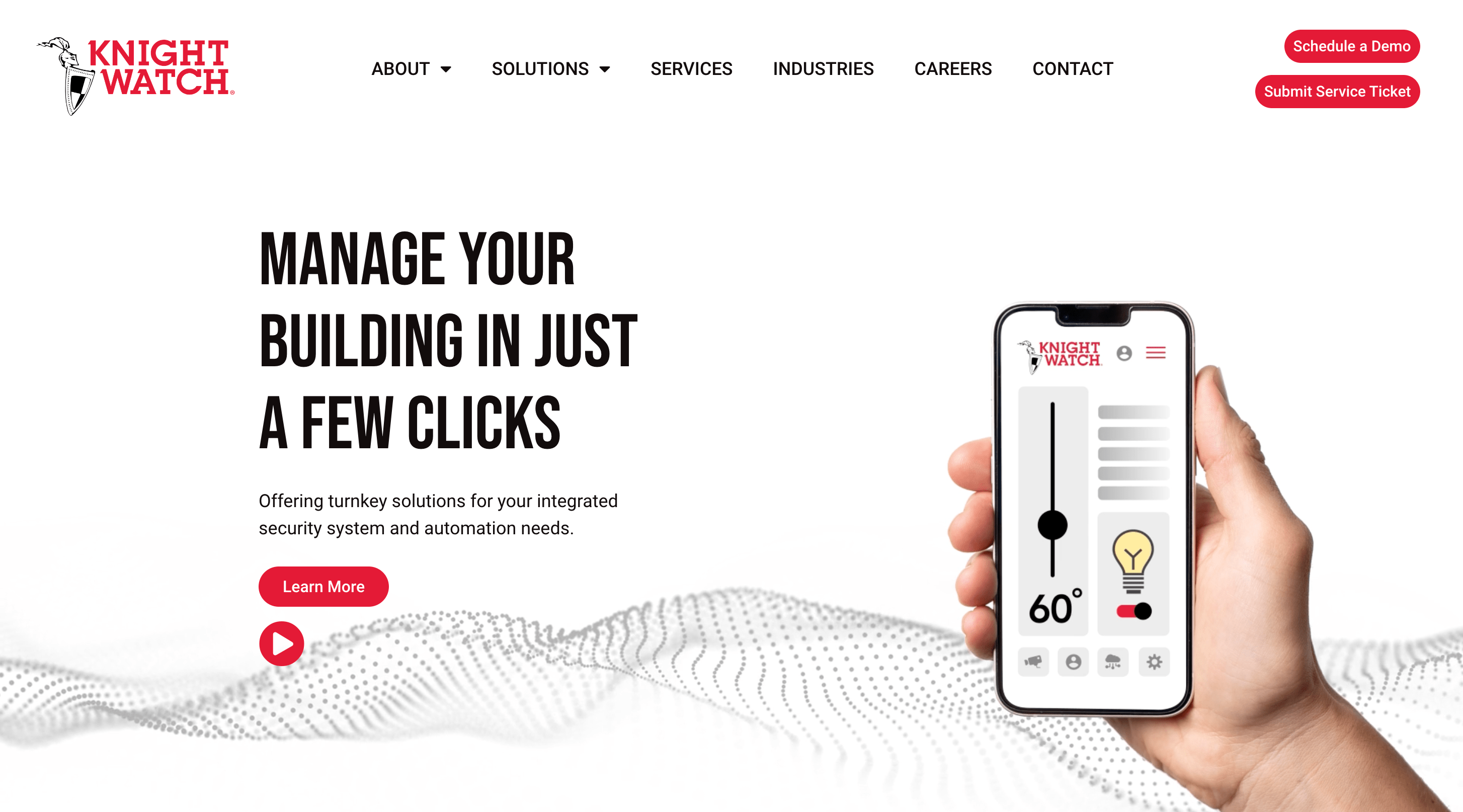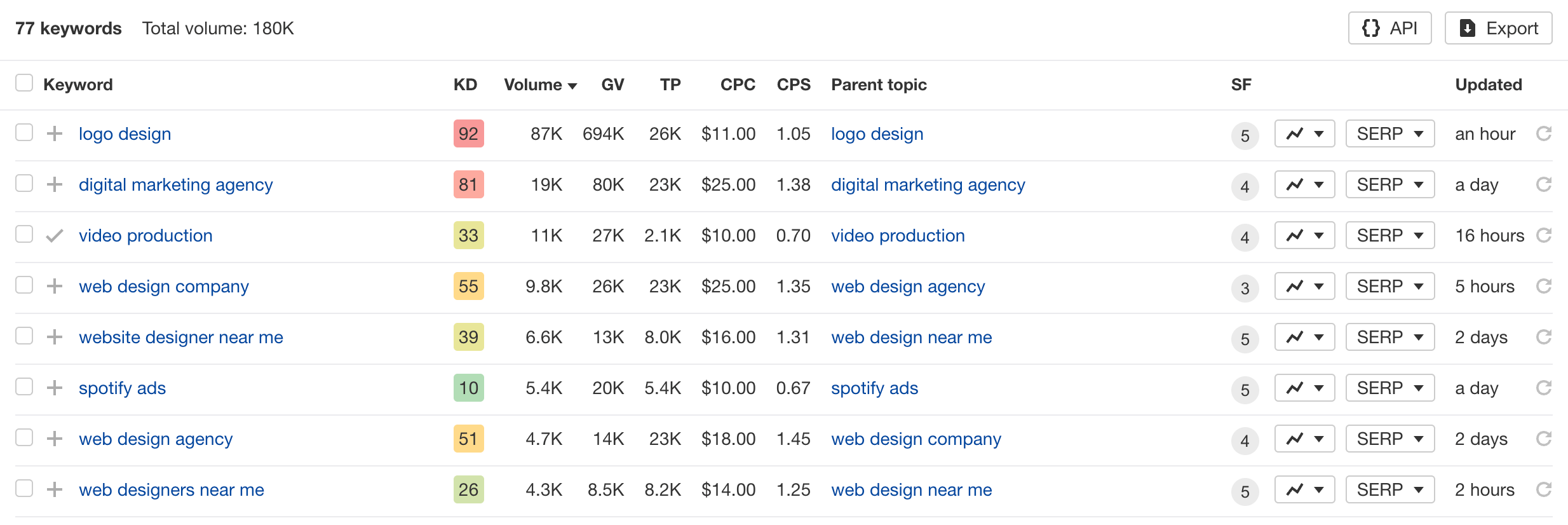Or underwhelmed by the number of leads that your B2B website is bringing in? If so, this post’s for you. With the level of competition out there, B2B sites need to be incredibly well tuned. It’s essential that you understand who you’re talking to, what their needs are, and what objections they may have.
When you’re talking to salespeople, C-suite executives, and experienced professionals, you need a different approach. And, while the principles of good website design are largely universal, there are principles that are unique to B2B sites. It’s critical to establish yourself as an expert and – more importantly – to use your position as an expert to educate visitors.
When your website becomes a resource, you encourage longer sessions. You attract repeat visits. Above all else, you build trust. And, with 90% of customers reporting they’ll only buy from companies they trust, trust is key. So, how do you find your audience? How do you foster trust? And how do you translate that into a B2B website that delivers?
Let’s find out!
Before you make a single page on your website, you need to fully understand its audience. What are their interests? What are their pain points? What’s their intent? Knowing the answers to these questions is crucial to your marketing strategy. If you don’t know who you’re talking to, you’ll never know what to say.
If you want to improve your B2B website, efficiency is key. Your homepage must communicate your company’s benefits clearly and succinctly. Furthermore, your site’s hero banner should convey – in a sentence or two – exactly what you do, how you do it, and why you do it better than anyone else.

If you want visitors to continually return to your website, you need to provide them with a regular stream of informative, educational content. If you think about all of the things you Google in a day, you’ll likely realize that they’re mostly questions. A good B2B website will position you as the answerer of all questions related to your industry.
When Internet searchers come to you for answers, you’ve taken the first step toward earning their trust. And, over time, you can grow that trust. As we said earlier, clients want to work with companies that they trust. So, if you’re able to earn and grow your visitors’ trust, you’re only one short step away from transforming them into a client.
When we think about search engines, we think about Google. Motorcycles are Harley-Davidson. And when we say Kleenex, we mean bath tissue. These brands have become the de facto, go-to experts to such a degree that their names have become synonymous with the products they offer. By creating authoritative content, you can similarly position yourself, even within small industries.
If you really want to get the most out of it, you’ll want to use your B2B website as a lead generation tool. One of the best ways to gather leads from your site is to require visitors to fill out a form to download PDFs, infographics, or ebooks. As of 2020, approximately 80% of B2B content marketing assets are gated behind form fills.

Once you’ve gathered your visitors’ information, you can send targeted marketing emails to them that are relevant to the content they downloaded.
Every year, mobile devices account for a larger chunk of Internet traffic. In fact, users on mobile devices account for over 70% of all web traffic. With numbers like that, you simply can’t afford to have a website that isn’t mobile responsive.
Mobile responsive websites are designed to automatically adjust to the size of your visitors’ screens. If a potential client visits your site and it doesn’t display properly, they’ll almost assuredly abandon it. A properly designed site should render perfectly on smartphones, tablets, desktops, and laptops.
Beyond usability, properly building your site for mobile devices offers a number of other benefits, including improved search engine visibility. Since Google understands the importance of mobile responsiveness, they rank responsive sites higher. Speaking of ranking higher, that leads us to our next topic…
Whenever you create content for your website, you should write it with SEO – search engine optimization – in mind. SEO is a set of practices that ensure your website is working to better position itself in search results. The higher your position on search results, the better your site will perform.
Always changing, it can be challenging to adhere to SEO best practices. There are keyword rules, metadata requirements, image tags, length recommendations, and much, much more. It’s super easy to get intimidated. But, to avoid the intimidation, try following just one or two of the following guidelines for each new post…
Some of the best retail stores are designed with specific user experiences in mind. Look at IKEA, who uses a ‘fixed path’ system to ensure their visitors have to look at all of their products. But, even the most basic grocery stores leverage how they’re built to affect how they sell. How many times have you grabbed a candy bar just because they’re next to the register?
If they’re looking at your products, what information will they want next? Should you guide them toward warranty information? Should you direct them to a contact page so they can reach out to you? By guiding customers from A to B to C, you can deliver the exact information they want. Better yet, you can put them in the mindset to buy.
Your website is a marketing tool and, like all marketing, web design is about repetition and iteration. One of the simplest – and cheapest – ways you can monitor your site’s efficacy is by using Google Analytics. A free tool that allows you to track traffic and conversions on your B2B website, it can provide valuable insights about what is – and what isn’t – working.

At Kzoom, our team is a collection of Kalamazoo’s most experienced digital marketing experts. Offering photography, videography, website design, search engine optimization, and a range of other services, we’re a holistic solution to your company’s digital needs.
So, if you’ve been stumbling in your search for ways to improve your B2B site, don’t hesitate to reach out to us. We’ll work with you to identify your company’s unique position, understand its core values, and communicate them to the world.

Matt has nearly twenty years of SEO, copywriting, and digital marketing experience. More than anything, he enjoys developing informed, long-term strategies to improve client visibility.
When he’s not working, Matt loves all-day cooking projects, holding one-sided conversations with his cat, and writing unreasonably large D&D campaigns. A fan of horror movies, he may have Kalamazoo’s largest (and only) collection of Laserdiscs.